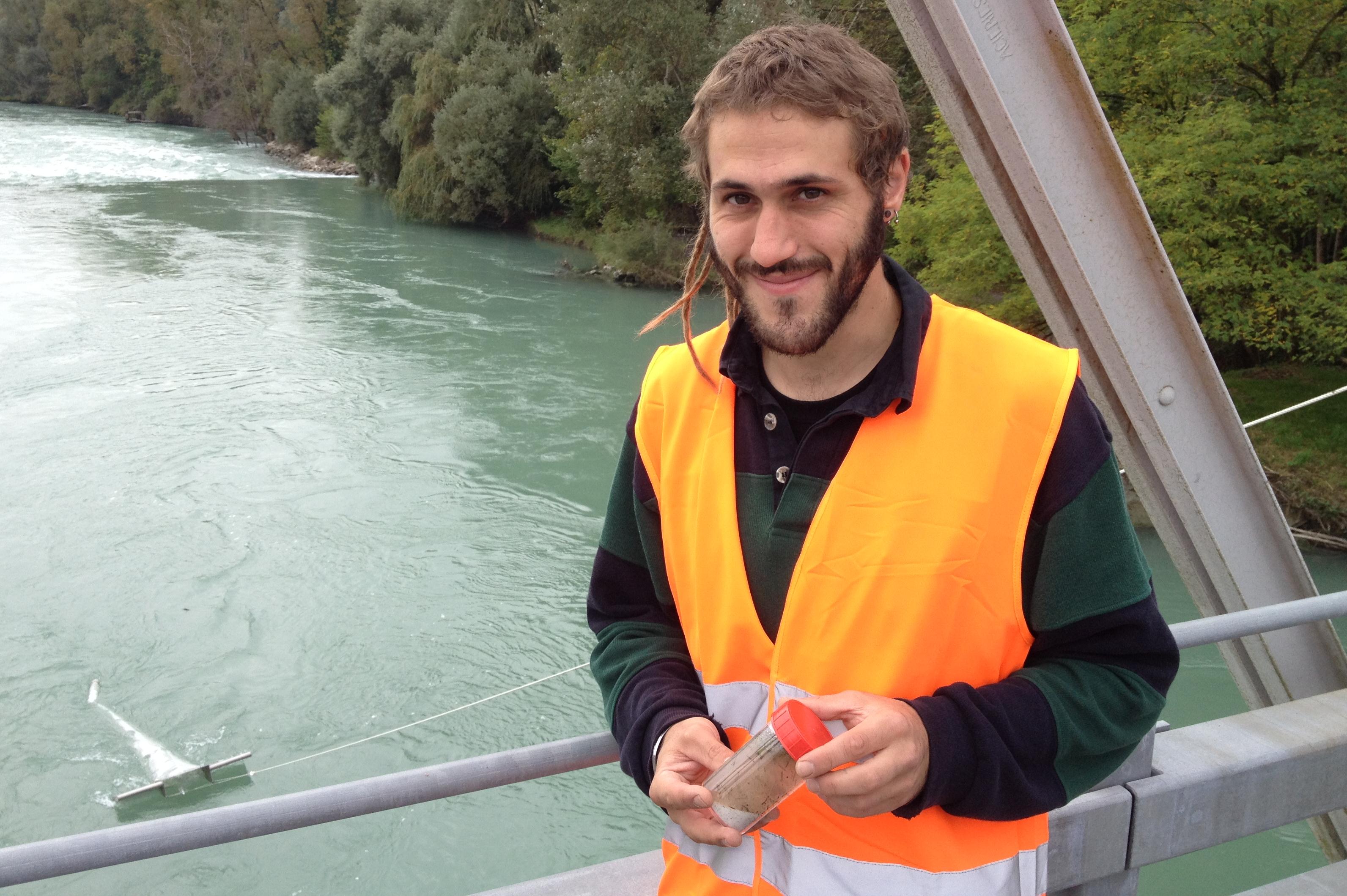Microplastics found in six Swiss lakes

Researchers have confirmed the presence of small plastic pollutants in six Swiss lakes and the River Rhône. The levels of the so-called microplastics pose no direct threat to human health but raise concerns about Swiss waterways contributing to ocean pollution.
The research, carried out by scientists from Lausanne’s Federal Institute of Technology (EPFL) and commissioned by the Federal Office for the Environment, found that the concentrations present in the lakes did not pose a direct threat to the environment and quality of drinking water inside Switzerland.
“But these are not natural particles and they don’t belong in the environment,” Florian Faure of the research team told swissinfo.ch. Faure said most of the particles came from plastic packaging broken down into fragments.
Between June and November 2013, the EPFL researchers took samples from the Rhône, as well as from lakes Zurich, Constance, Neuchâtel, Maggiore, Brienz and Geneva. The samples were taken from the surface of the water and from the beaches to determine the presence of plastic particles measuring 0.3mm-5mm.
Researchers discovered microplastics in most of the water samples, with levels varying according to where in the lake the samples were taken. The highest concentrations were shown after heavy rain, leading to the conclusion that microplastics were also carried in rain water.
The results showed that ten kilogrammes of microplastics are carried from Switzerland to France every day in the Rhône, a share of which is likely to contribute to marine pollution.
Researchers also found traces of microplastics in the digestive tracts of some fish and birds, but it is too early to draw conclusions from these results, they say.
‘Phenomenon of accumulation’
The world’s oceans are laden with nearly 269,000 tonnes of plastic pollution, according to a six-year study of conditions across the globe, published earlier this week.
The findings compiled by the Five GyresExternal link organisation and published in the journal PLOS ONE show that larger plastic debris usually lingers around the coast but gets churned into tiny particles further from shore.
“The more we use plastics as consumers, the more we will find them in the environment,” Faure said. “It’s a phenomenon of accumulation.”

In compliance with the JTI standards
More: SWI swissinfo.ch certified by the Journalism Trust Initiative












You can find an overview of ongoing debates with our journalists here . Please join us!
If you want to start a conversation about a topic raised in this article or want to report factual errors, email us at english@swissinfo.ch.